Nietzsche, Vitalism & Related Topics
Yours Truly Knows Just the Teacher (& Resource) to Consult!
A dystopian cityscape where larger-than-life statues of secular leaders are crumbling, with citizens disillusioned and protesting in the streets below.
What follows is the full text of an excellent essay by Shaykh Faraz Khan, lecturer at Zaytuna College, & a scholar of Ash¢arī & Māturīdī philosophical theology with field specialties in Hanafi jurisprudence, prophetic biography, hadith, & logic.
His essay, ‘The Incoherence of Secular Messiahs: Why the New Paganists Cannot Fill the Void of Nihilism,’ is a must-read for those interested in Vitalism, Nietzsche & related topics.
I have linked the original Essay above for those willing to read it at Renovatio: The Journal of Zaytuna College instead. Please check them out for all the excellent work they have put out, Dear Listeners & Readers! I guarantee that it will be time well spent!
The Shaykh does a far more excellent job ( than I ever could! ) of responding to many of the common points raised by those seeking to ‘build a novel spirituality for the 21st century.’
Without any further adieu, here is the full text of the essay mentioned earlier!
The Incoherence of Secular Messiahs
Why the New Paganists Cannot Fill the Void of Nihilism
Published March 21 (2024) at Renovatio: The Journal of Zaytuna College
Chaos, Victor Webb / Shutterstock.com
In his 1974 Massey Lectures, the literary critic and philosopher George Steiner characterized the void in Western civilization, after the decline of religion, as a “nostalgia for the absolute.” Once theology and transcendence no longer served as the foundation of society and the basis of human conviction, then “this desiccation, this drying-up, affecting as it did the very centre of Western moral and intellectual being, left an immense emptiness. Where there is a vacuum, new energies and surrogates arise.”1 Steiner primarily examines three such surrogates that attempted, but ultimately failed, to fill the void: Marxism, Freudian psychoanalysis, and Lévi-Straussian structural anthropology, all of which he terms mythologies. In his usage, a mythology connotes a system of thought that claims “totality” in explaining man and his relation to the world; has a distinct inception and history, which includes a canon, an orthodoxy, and heretical offshoots; and creates its own language and its own set of symbols and rituals. Indeed, as nontheistic (or antitheistic) as such ideologies might be in their substance, they nonetheless mimic their opponent and offer “a kind of substitute theology,”2 and a kind of prophetology, or in the words of Steiner (and many others), “secular messiahs.”
Yet European messianic secularism would prove catastrophic; history attests to a tragic lethality that was not incidental to the surrogate doctrines. Marx and Freud, for example, have entries in a compelling account of ideologues who were, as the book is titled, Architects of the Culture of Death.3 The authors demonstrate that it is precisely the messianic and totalizing nature of Marxism and of Freudian philosophy, based on their radically reductionist humanisms, that engendered “death cultures.” With his paradigm of “scientific” materialism, Freud reduced the human being to a mere biological being, devoid of any spirit or soul, and he significantly minimized the centrality of reason and judgment in the motives behind human action, thereby dismissing the ethical imperative altogether. But to eliminate the soul and the moral life is to inaugurate a culture antagonistic to life. And given his immense influence in the modern history of Western civilization, the pernicious effects of Freud’s surrogate faith had a widespread and lasting impact. As for Marx, his program combined rage against class exploitation and injustice, dialectical materialism, “rational” atheism, and a summons to violent revolution, while his salvific promise included liberation, a cure for man’s alienation, and ultimately a utopian earthly paradise of societal cooperation without the hierarchy of classes. It was an atheistic religion that captivated the hearts of the oppressed masses by igniting their religious instinct, which was no longer grounded in a theistic and spiritual worldview, and ultimately destroyed their lives and that of countless others. As the Muslim theologian Abdal Hakim Murad notes, the secular messiahs of European modernity have been fully “unmasked as lethal fantasists,” and the Hegelian worldview of “progress through synthesis” that informed many totalizing mythologies has proven flawed and false; such developments, along with other factors, have now left the continent in a state of existential melancholy.4
Related to the culture of death, post-religious modernity can also be described as an age of nihilism and disenchantment, both of which inform the nostalgia. An important articulation of the disenchanted new world is Max Weber’s “Science as a Vocation” (the first of his Vocation Lectures). Redolent of Hume’s discourse on the is/ought distinction, Weber’s lecture underscored a defining feature of the age: modern science, and its ground of naturalism, could provide no answers to the fundamental questions of existence, purpose, and morality. Absent now from the public sphere were “the ultimate and most sublime values.” In a climactic moment, Weber proclaims: “If anything at all, the natural sciences are more likely to ensure that the belief that the world has a ‘meaning’ will wither at the root!”5 Despite the great advances of technological and scientific “progress,” the fate of nihilism seemed inevitable. In a disenchanted and flattened world, in which an abstracted “intellectualization” (or a posture thereof) presides over a civilization lacking a celestial criterion, where do people turn? For Weber, the solution lies in what appears to be a hazardous subjectivism; he concludes his analysis with the recommendation that each intellectual discover and follow the “inner spirit” (daemon) that “holds the threads of his life.”6
The Abyss of Nihilism
Friedrich Nietzsche, 1882
Arguably, Ivan Turgenev’s 1862 novel, Fathers and Sons, popularized the term nihilism in the discourse of modernity.7 Its main character Bazarov exemplifies the implications of scientific naturalism in his self-proclaimed nihilism, which is discussed in an early dialogue between the “fathers,” or older generation, and Arkady (the protégé of Bazarov, both of whom represent the “sons”). The elders understand it to denote the acceptance of nothing or the respect of nothing, whereas for Arkady, it denotes the rejection of any and all principles accepted “on faith.” They respond that, without such principles, it is difficult to envision how one could intellectually walk or even breathe, followed by the warning, “Previously there used to be Hegelians, now there are nihilists. Let’s wait and see how you get on in a vacuum, in airless space.”8
But if Turgenev set in motion the term, it was Nietzsche who shook Europe with the concept, along with a significant philosophical (though apparently anti-systematic) unpacking of it. With his famous madman shouting in the marketplace to proclaim the “death of God,”9Nietzsche diagnoses the post-religion West as a culture that has denied God’s existence and thus, without realizing it, has denied all absolutes, such that “nothing necessary remains in one’s hands.”10 Even Enlightenment reason and science, given the universality of their claims, must give way with the dissolution of absolutes. Indeed, a century later, Lyotard would declare the collapse of metanarratives in knowledge claims and thus the transition from modernity to a postmodern age; no longer rooted in a grand narrative of seeking truth, science was instead comprised of a multiplicity of small narratives engaged in what Wittgenstein called “language games.”11
What, then, of the meaning of human action? For Nietzsche, the dictates of morality are not sent down from heaven but merely reflect the human psyche, specifically, man’s “will to power.” The way forward is to move, as expressed in the title of one of his works, “beyond good and evil,” because the ancient designations of good (denoting power and pride) and bad(denoting weakness and meekness) were inverted by Abrahamic religion to, respectively, the notions of evil (as sin) and good (as virtue and piety). In Nietzsche’s world, the latter terms are mere designations of a “slave morality” invented by the impotent, in revolt and spiteful resentment against “master” warrior elites.12 The collapse of metaphysics allows Nietzsche to provide this genealogy of morals from a historicist approach; with a pessimism reminiscent of Schopenhauer (who greatly influenced him), he proceeds to “philosophize with a hammer”13 and deconstruct absolutes, one after another. Good and evil are now reduced to values, which are relative or perspectival. Nietzsche boldly asserts, “There are no moral phenomena at all, only a moral interpretation of phenomena”14 (again, echoing Hume’s is/ought dichotomy). Later, he continues to use his proverbial “philosophical hammer” to smash ethical truth, this time to reveal its alleged bedrock of feeling: “In short, moralities too are only a sign-language of the emotions.”15 Objective, universal, absolute Truth does not exist and hence cannot be pursued, let alone ground the claims and concerns of mankind, for they inhabit “a world whose essence is will to power.”16
Of course, given the incoherence (and madness) of pronouncing such absolute judgments to deny all absolutes, the discerning mind recognizes in Nietzsche’s discourse an extreme pathology, of both reason and the spirit, albeit dressed in the guise of psychology and philology and despite his discourse being at times insightful. Still, the underlying pathology was intense and fatal. Schopenhauer and Nietzsche, too, are listed in the aforementioned chronicle of death-culture architects, where they are categorized as “Will Worshippers”: Schopenhauer for his metaphysics of cruelty and evil that characterizes the underlying “will” of atheistic Nature, and Nietzsche for replacing the metaphysics of theistic truth, goodness, and beauty with an anti-metaphysical humanism rooted in man’s will to power.17
The philosopher Allan Bloom comments on Nietzsche’s reduction of ethical realism to value relativism as follows: “In short, Nietzsche with the utmost gravity told modern man that he was free-falling in the abyss of nihilism. Perhaps after having lived through this terrible experience, drunk it to the dregs, people might hope for a fresh era of value creation, the emergence of new gods.”18 Bloom later describes how this worldview evolved in the American context, in which nihilism has been (in his view) more of a “pose” or pervasive cultural attitude, accompanied by what he regards as a largely impoverished education:
“There is a whole arsenal of terms for talking about nothing—caring, self-fulfillment, expanding consciousness, and so on, almost indefinitely. Nothing determinate, nothing that has a referent…. There is a straining to say something, a search for an inwardness that one knows one has, but it is still a cause without an effect…. American nihilism is a mood, a mood of moodiness, a vague disquiet. It is nihilism without the abyss.
Nihilism as a state of soul is revealed not so much in the lack of firm beliefs but in a chaos of the instincts or passions. People no longer believe in a natural hierarchy of the soul’s varied and conflicting inclinations, and the traditions that provided a substitute for nature have crumbled. The soul becomes a stage for a repertory company that changes plays regularly—sometimes a tragedy, sometimes a comedy; one day love, another day politics, and finally religion; now cosmopolitanism, and again rooted loyalty; the city or the country; individualism or community; sentimentality or brutality. And there is neither principle nor will to impose a rank order on all of these.19”
“Things Fall Apart; the Centre Cannot Hold”
A symbolic representation with a central pillar or tower breaking apart, while people and structures around it struggle to remain intact amidst the spreading disorder.
Whence, then, does an increasingly postmodern civilization find the foundations of its sciences and of its sense of justice? If nihilism is losing its abyss and evolving into “a vague disquiet,” and if the Weberian call to radical subjectivism cannot sustain the claims of civilization, then something more substantive (and objective) must fill the void. The nostalgia is unsustainable. Something must give.
The urgency of the crisis and of its devastating consequences evokes Yeats’s “The Second Coming”:
“Turning and turning in the widening gyre
The falcon cannot hear the falconer;
Things fall apart; the centre cannot hold;
Mere anarchy is loosed upon the world,
The blood-dimmed tide is loosed, and everywhere
The ceremony of innocence is drowned;
The best lack all conviction, while the worst
Are full of passionate intensity.”
In a strange recurrence of history, some intellectuals have begun to voice a summons to various forms of paganism. Two leading American philosophers have suggested that a reenchantment of our secular age is possible by kindling a perception of the world as All Things Shining.20 Recognizing modern man’s need for gratitude and wonder (related to the Greek notion of arete, or excellence) to imbue the mundane matters of life with meaning and purpose, the authors return to several Western classics to excavate a justification for these ideals. Salient in their discourse are The Iliad and The Odyssey, which highlight the presence and influence of Homeric gods in the worldview of ancient Greece, and a troubling reading of Melville’s Moby Dick, wherein lurk hidden darknesses, such as Ahab representing the wickedness of the devil in revolt against monotheism. Still, absent from their analysis are any strong metaphysical commitments or sustained arguments. Their effort appears to be mere nostalgia, dressed up in a soft invitation to polytheism as an antidote to nihilism and a flat (post)modernity.
Sorrowing Old Man, Van Gogh, 1890 / Wikimedia Commons
A far lengthier and more ambitious work is Confessions of a Born-Again Pagan,21 written by a prominent legal scholar who presents his solution to the “problem of the void” with slightly firmer metaphysical claims. Covering centuries of Western philosophy, science, and religion, in over a thousand pages, the author argues for a pantheism rooted in the thought of Spinoza coupled with some perspectives of Nietzsche and Walt Whitman, out of recognition that affirming some form of divinity is inevitable to ground the concerns of the contemporary age, particularly in the realms of science, art, and politics. If modern man is to retain his values and the ideals of his secular politics, then the world itself can be assigned divinity and infinitude; no compromise need be made with what matters to the liberal mindset. An eternal world is fully immanent and thus “accessible,” and its divinity is sufficient to account for the presuppositions of science, with its laws, its teleology, and its correspondence to the intelligibility of both the mind and the world—presuppositions that atheism assumes but cannot itself justify. If the world itself is absolute, then its intrinsic principles and intelligibility all make sense; science and politics can proceed without any disturbance in the souls of intellectuals. The nostalgia is cured. Incidentally, readers of the work will notice the prevalence of assumed and unproven premises, with no critical examination of their origins or counterarguments. Secular liberalism, for example, is simply a given, so something must be assembled to hold it upright.22
The key thinker invoked in this paganism is Spinoza, whose Ethics is a philosophical delineation of his theology (the interpretation of which is somewhat contested, e.g., between pantheism and panentheism). In the reading of Spinoza found in Confessions, the fundamental error is an affirmation of a contradiction between eternality and temporality. The monotheist will ask: How can a world composed of discrete entities be infinite and absolute itself? A world of change and decay, of contingency and temporality, cannot be eternal, nor can it be a collection of “modes” of the eternal, for eternality is necessarily transcendent. Nothing composite, with contingent parts and temporal constraints, can be eternal and metaphysically necessary; to assert that is to commit a “fallacy of misplaced divinity.” Another basic fallacy relates to the author’s contention that the transcendent God of Abrahamic monotheism is too distant for any human gratitude or love, which by definition falls short of what is owed to the divine. This is a main reason for his dismissal of monotheism. However, a critical premise overlooked here, certainly from the perspective of Islam, is that God is infinitely merciful. He pardons our inherent shortcomings in showing gratitude for His blessings. While He is infinitely perfect, infinitely majestic, and deserving of all praise, He is also infinitely kind and compassionate. He loves to forgive and loves to show mercy, and even in His sublime transcendence beyond the world, He invites those who dwell in the world to His timeless and boundless love, by His grace.
A Moment of Prophetic Import
An enigmatic celestial alignment in the night sky, viewed by a wise sage who understands its profound implications for the future, with a serene yet intense atmosphere.
For monotheists, if the next totalizing system to fill the void invokes some form of paganism, then the contemporary moment will evoke the eras in which the prophets were sent, for their message of monotheism was a safeguard from polytheism and often deployed in polytheistic environments. According to the Old Testament, the Ten Commandments granted to Moses begin with the proclamation of God’s oneness and the rejection of graven images (Exodus 20:1–6), thus establishing the ethical foundation of his community. Centuries later, when Jonah e supplicates from the belly of the great fish, he contrasts his pure monotheistic gratitude with a rejection of idol worship: “Those who cling to worthless idols turn away from God’s love for them” (Jonah 2:8–9). While the immediate reference is to the pagan sailors whom he recently accompanied, the message is salient for any fellow Israelites who had fallen into idolatry. In yet another context, Isaiah conveys to the exiled Jews God’s scathing critique and condemnation of idolatry (Isaiah 44:6–20)—“All who make idols are nothing” (44:9)—lest they be tempted by the pagan milieu of Babylon to abandon God’s oneness.
So too with Mecca of the sixth century CE. Its spiritual heart, the Kaaba, was riddled with 360 idols, which represented the Arabian ethos of superstition and falsehood. And toward the end of the twenty-three-year mission of Prophet Muhammad ﷺ, the climactic “Conquest of Mecca” entailed his breaking all the idols at the Kaaba, one after another, with a miraculous pointing of his staff toward each, which then fell on its face in disgrace. This humiliation of the idols was followed by his sublime and encompassing pardon of the idolaters, thus evincing the Muhammadan model of rigor toward false ideas coupled with mercy for human beings who possess, or are possessed by, those ideas.
As the culmination of all prior scriptures, his message was not foreign to the primordial monotheism of bygone nations; in the words of the Qur’an, “Say: I am not unprecedented among the messengers” (46:9). Therefore, for Muslims, a contemporary “moment of Prophetic import” reflects the enduring legacy of all emissaries: Noah, Abraham, Moses, Jesus, Muhammad, and the rest ﷺ. Certainly, in our context today, the idols are ideas, and a contemporary conquest (breaking of idols) denotes the intellectual rebuttal of incoherence, along with the practical demonstration of an ethical and social alternative. Nonetheless, believers might identify the next candidate to fill the void to be a precursor to the dawning of a prophetic light. When idols emerge in a society, the God of monotheism manifests with intensity and clarity; light shines most brightly in the dark.
One of the most salient doctrines in this regard is the ninety-nine names of God in Islam. God’s essence is absolutely transcendent and ineffable, yet He also possesses attributes that manifest in the world through His names, which are immanent, disclosed to mankind in every occurrence and moment. The world is hence a theater of divine activity and presentation; it is a matrix of signs, and each sign signifies various beautiful names of God, such that the universe itself “proclaims His glory”:
He is God, besides whom there is no god. Knower of the unseen and the seen. He is the Beneficent, the Merciful.
He is God, besides whom there is no god. The Sovereign, the Holy One, the Source of Peace and Perfection, the Granter of Security, the Guardian, the Exalted in Might, the Irresistible Compeller, the Supremely Sublime. Glory be to God above anything they associate with Him [in divinity].
He is God: the Creator, the Originator, the Bestower of Forms. To Him belong the Most Beautiful Names: All that is in the heavens and on earth proclaims His glory, and He is the Exalted in Might, the Infinitely Wise. (Qur’an 59:22–24)
This vantage allows for an authentic perception of the world as “all things shining,” not through distinct pagan gods or a pantheistic divine world but through the divine fiat that reveals the many names of the one God who creates and sustains the universe. He has likewise revealed Himself through scripture, as conveyed by His prophetic emissaries. Hence, both metaphysics (the divine names) and ethics (scripture) represent modalities of divine self-disclosure and are thus the basis for the actualization of the most fundamental human telos: knowledge of God. In Islam, and as every prophet taught his community, all purpose is rooted in this Purpose. It is the sacred and sanctifying foundation of every dimension of human existence: marriage, family, friendship, profession, culture, education, ethics, economics, language, literature, law, politics, history, medicine, science, art, architecture, the inner world of the human psyche, mysticism, the microcosm, the macrocosm, animal rights, and so forth—ultimately, of death itself and the brute finitude of life on earth. All of these (and more) are illuminated by the existential meaning of man and of man’s thrownness, or particular context of time and place in the world: Why all of this? Why every mundane action required, or recommended, in the myriad arenas of one’s life and livelihood? To know and love God (ma¢rifah and maĥabbah), the One and Unique, the Eternal and Absolute.
The void can only be filled by what is objectively true, good, and beautiful—by Truth. And only Truth can ground morality, science, politics, art, and human existence and effort. The fundamental “big” questions cannot be answered by a worldview that affirms only matter, or by a worldview of “nothing matters,” let alone by a worldview of value creation by “human gods,” each vying with the other by asserting his Nietzschean “will to power.” The nostalgia will only deepen without the Absolute. Meaning is beyond matter, so its source must be luminous and beyond matter. That is the gift of all prophets, and every age is their moment.
A luminous mosque surrounded by a tranquil, otherworldly glow, with light rays representing divine knowledge and understanding extending from the structure into the heavens.
Your Support is vital for Smelting the DOOM & keeping it HOT & FRESH off the Furnace!
If you enjoyed the read, I would greatly appreciate it if you subscribed to a Monthly or Yearly pledge to support my work so that I may continue Smelting DOOM for your displeasure!
Alternatively, you can tip here:
Thank You, Dear Readers, for all your Support!
1George Steiner, Nostalgia for the Absolute (Toronto: House of Anansi Press, 2004), 2.
2 Steiner, 2–4.
3 Donald De Marco and Benjamin Wiker, Architects of the Culture of Death (San Francisco: Ignatius Press, 2004).
4 Abdal Hakim Murad, “On Migrating to Lands of Melancholy,” Renovatio 4, no. 1 (2020): 3–17, https://renovatio.zaytuna.edu/article/on-migrating-to-lands-of-melancholy.
5 Max Weber, The Vocation Lectures, trans. Rodney Livingstone (Indianapolis: Hackett Publishing Company, 2004), 16, 30–31.
6 Weber, 31.
7 See Albert Camus, The Rebel: An Essay on Man in Revolt, trans. Anthony Bower (New York: Vintage Books, 1991), 154. Camus also notes that this nihilism “began, apparently, with the most radical negation imaginable: the rejection of any action that was not purely egoistic.”
8 Ivan Turgenev, Fathers and Sons, trans. Richard Freeborn (Oxford: Oxford University Press, 2008), 23.
9 Friedrich Nietzsche, The Gay Science, trans. Josefine Nauckhoff (Cambridge: Cambridge University Press, 2001), sec. 125, 119–20.
10 “Twilight of the Idols,” in The Portable Nietzsche, ed. and trans. Walter Kaufmann (New York: Penguin Books, 1976), 515.
11 Jean-François Lyotard, The Postmodern Condition: A Report on Knowledge, trans. Geoff Bennington and Brian Massumi (Minneapolis: University of Minnesota Press, 1984).
12 Friedrich Nietzsche, “First Essay: ‘Good and Evil,’ ‘Good and Bad,’” in On the Genealogy of Morals, trans. Walter Kaufmann and R. J. Hollingdale (New York: Vintage Books, 1989), 24–56, especially sec. 7, 33–34.
13 From the subtitle of his “Twilight of the Idols: Or, How One Philosophizes with a Hammer.” See Kaufmann, Portable Nietzsche, 463–563.
14 Friedrich Nietzsche, Beyond Good and Evil: Prelude to a Philosophy of the Future, trans. R. J. Hollingdale (London: Penguin Books, 1990), sec. 108, 96.
15 Nietzsche, sec. 187, 110.
16 Nietzsche, sec. 186, 109.
17 De Marco and Wiker, Architects, 27–53.
18 Allan Bloom, The Closing of the American Mind: How Higher Education Has Failed Democracy and Impoverished the Souls of Today’s Students (New York: Simon & Schuster, 2012), 143.
19 Bloom, 155–56. The author goes on to portray the lamentable state of many young Americans today: “They are egoists, not in a vicious way, not in the way of those who know the good, just or noble, and selfishly reject them, but because the ego is all there is in present theory, in what they are taught.” In that light, recall the observation by Camus regarding the first version of modern nihilism (cited in note 7).
20 Hubert Dreyfus and Sean Dorrance Kelly, All Things Shining: Reading the Western Classics to Find Meaning in a Secular Age (New York: Free Press, 2011).
21 Anthony T. Kronman, Confessions of a Born-Again Pagan (New Haven: Yale University Press, 2016).
22 A critical point, among others, noted by John Ehrett in his insightful review of the book. See John Ehrett, review of Confessions of a Born-Again Pagan, by Anthony Kronman, Conciliar Post, February 12, 2018, https://conciliarpost.com/reviews/book-review-confessions-born-pagan/.






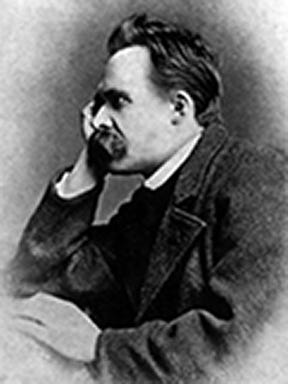
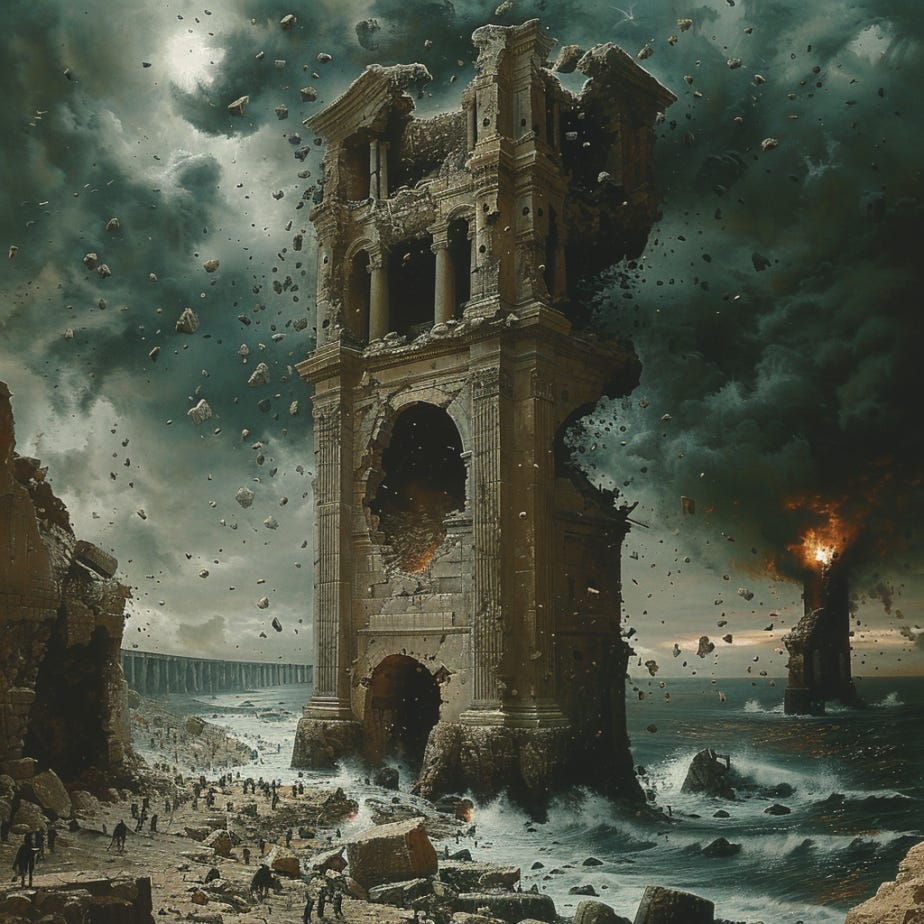
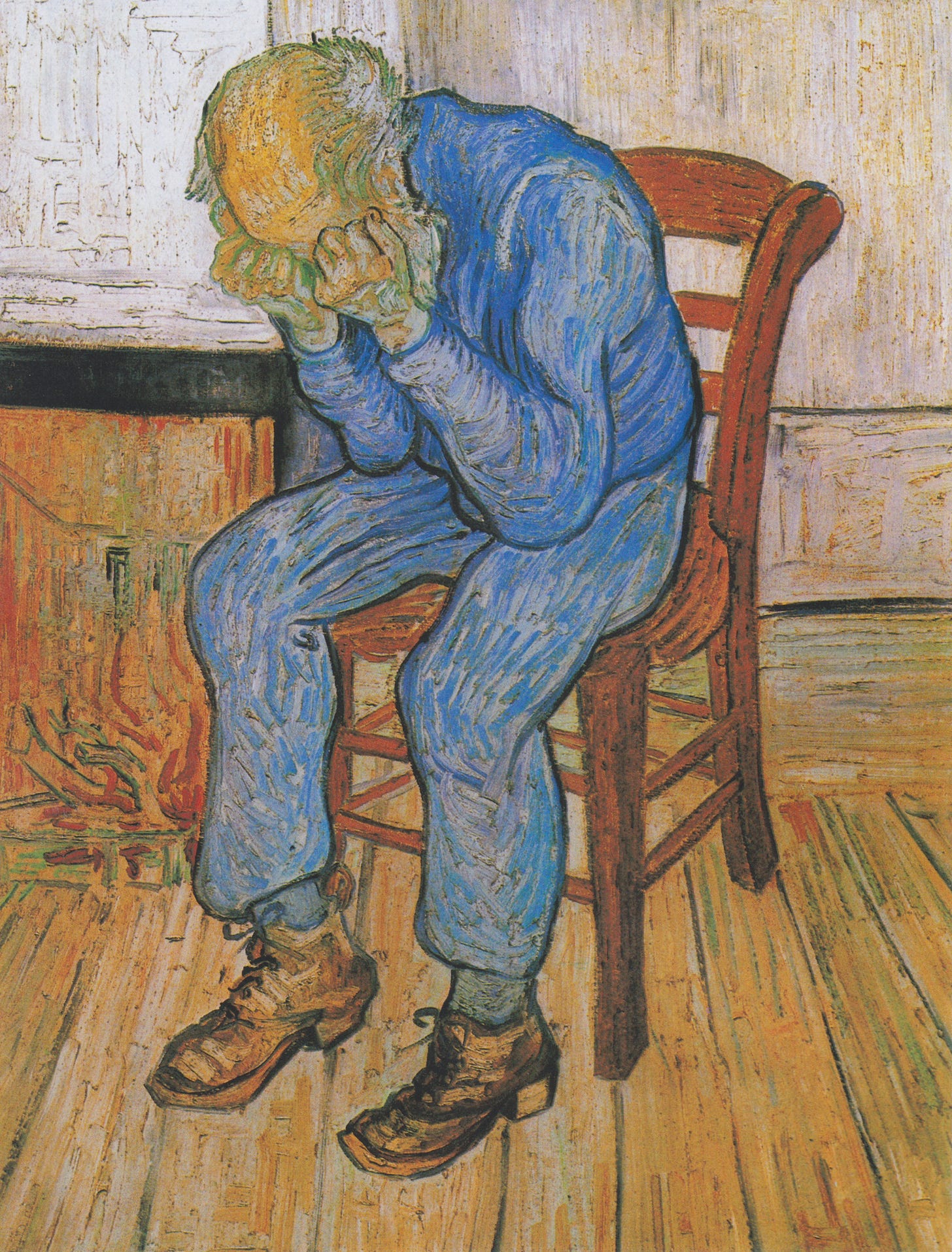
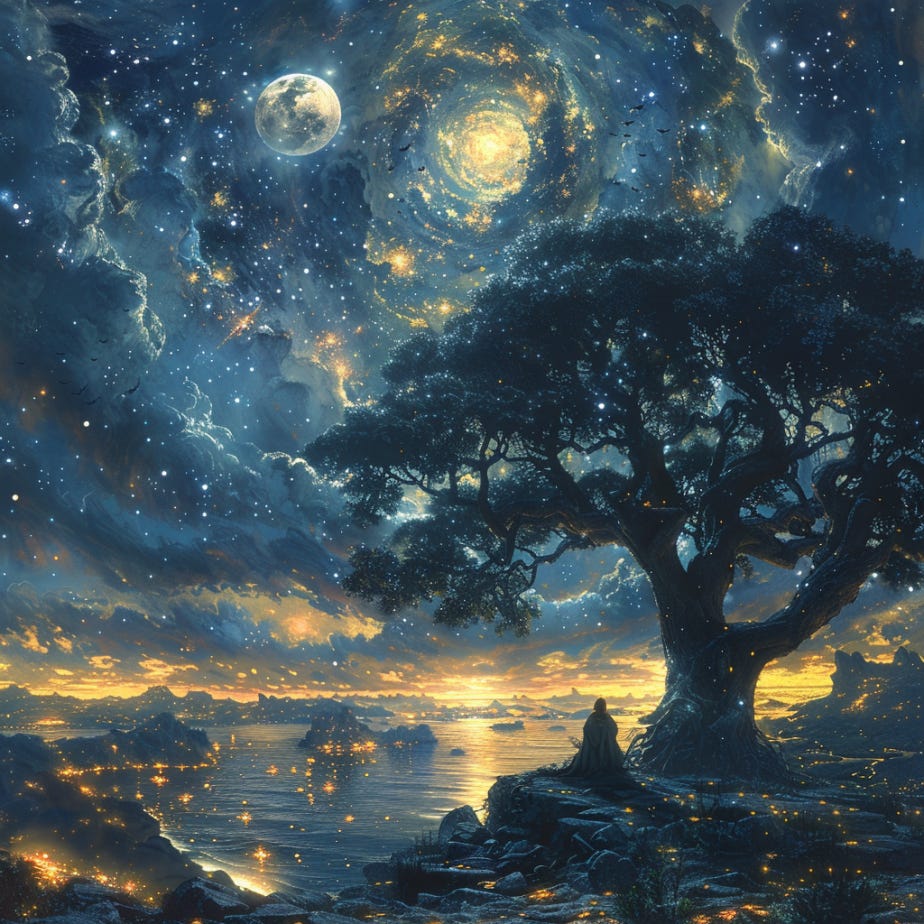

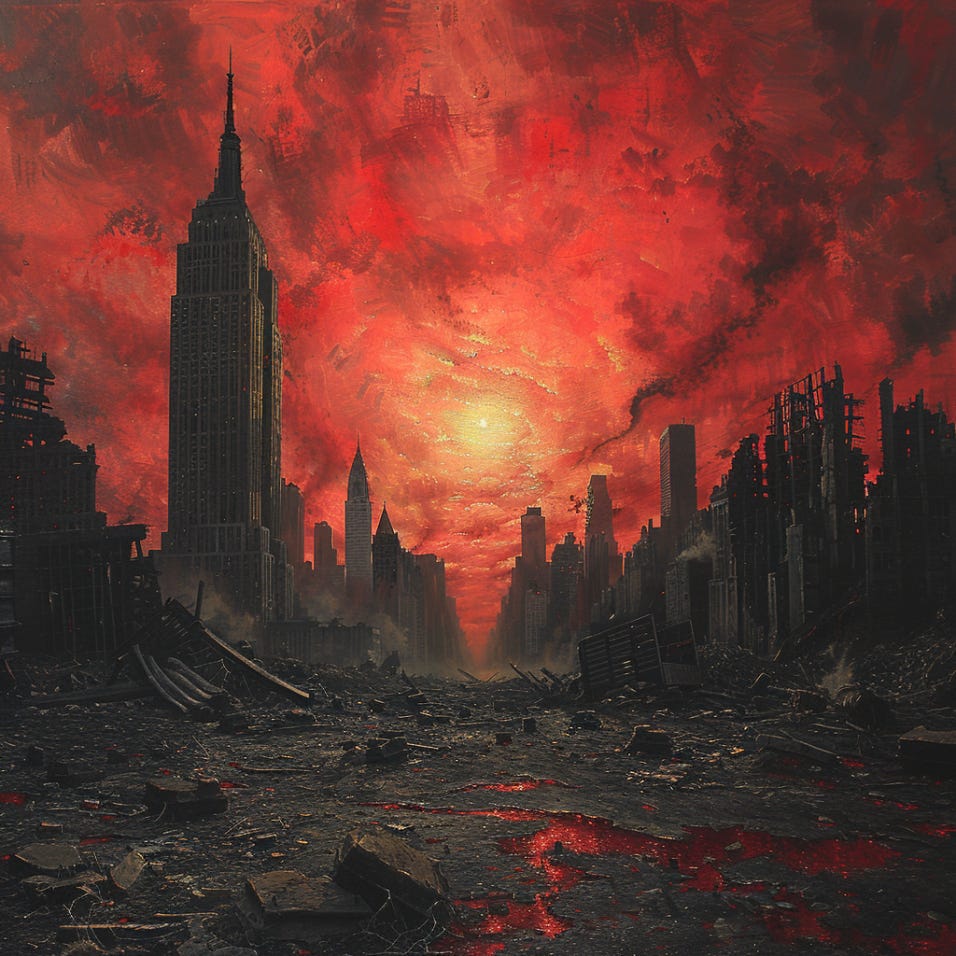

Thank you for this article. In regard to the question of 21st century spirituality I would like to refer readers to the attached. Thank you.
https://montanarcc.substack.com/p/the-book-on-the-living-god-by-bo